Rooted in Tradition. Growing with Huntsville.
Temple B’nai Sholom has stood as a pillar of Jewish life in Huntsville for nearly 150 years. Founded on July 30, 1876, by 32 families, our congregation has been guided by the Reform tradition and a deep commitment to both Jewish identity and civic life. We are proud to be the oldest synagogue in Alabama in continuous use, a living link between past, present, and future.
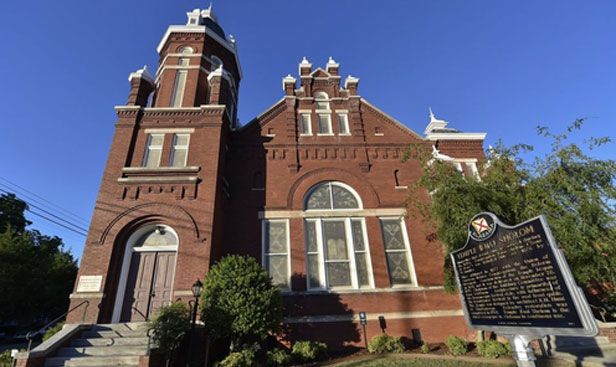
Early Jewish Life in Huntsville
Jewish residents began arriving in Huntsville as early as the 1820s. Among the first were Zalegman and Joseph Andrew, who opened a dry goods store downtown in 1829. Many early Jewish settlers came from Germany and were drawn to Reform Judaism, which emphasized integration into American society while preserving religious values.
By the 1870s, Huntsville’s Jewish community had grown enough to establish institutions. Land was purchased in 1874 for Jewish burials at Maple Hill Cemetery, a chapter of B’nai B’rith was founded in 1875, and Congregation B’nai Sholom (“Sons of Peace”) was officially established in 1876.
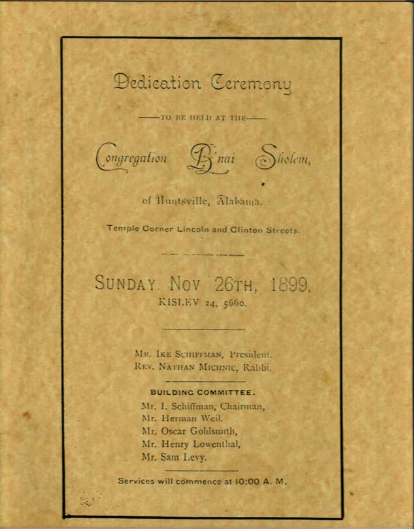
Building a Spiritual Home
For over two decades, the congregation worshipped in rented rooms—often at the Masonic Lodge on Lincoln Street. In 1898, the congregation purchased land at the corner of Lincoln Street and Clinton Avenue for $1,500 and began constructing a permanent synagogue. The building, designed by renowned architect R.H. Hunt of Chattanooga, was completed and dedicated on November 26, 1899.
The Romanesque Revival-style building remains a historic and architectural gem in downtown Huntsville. Its sanctuary, with a high timbered ceiling and stunning stained-glass windows, creates a sacred space that is both intimate and majestic.
Challenges and Resilience
Like many Jewish communities in the South, B’nai Sholom experienced challenges in the early 20th century. Membership peaked at 38 families in 1907 but declined during the Great Depression and World War II, dropping to just 16 contributing households by 1945. The congregation could no longer afford full-time rabbinic leadership after 1913 and relied on student rabbis or volunteers—including, in one notable instance, a neighboring Episcopal minister who led Friday night services in 1905.
Despite limited resources, the congregation remained active, with help from its members and the Ladies Hebrew Charity Society. During this time, the temple remained a steadfast presence, offering community and continuity in difficult times.
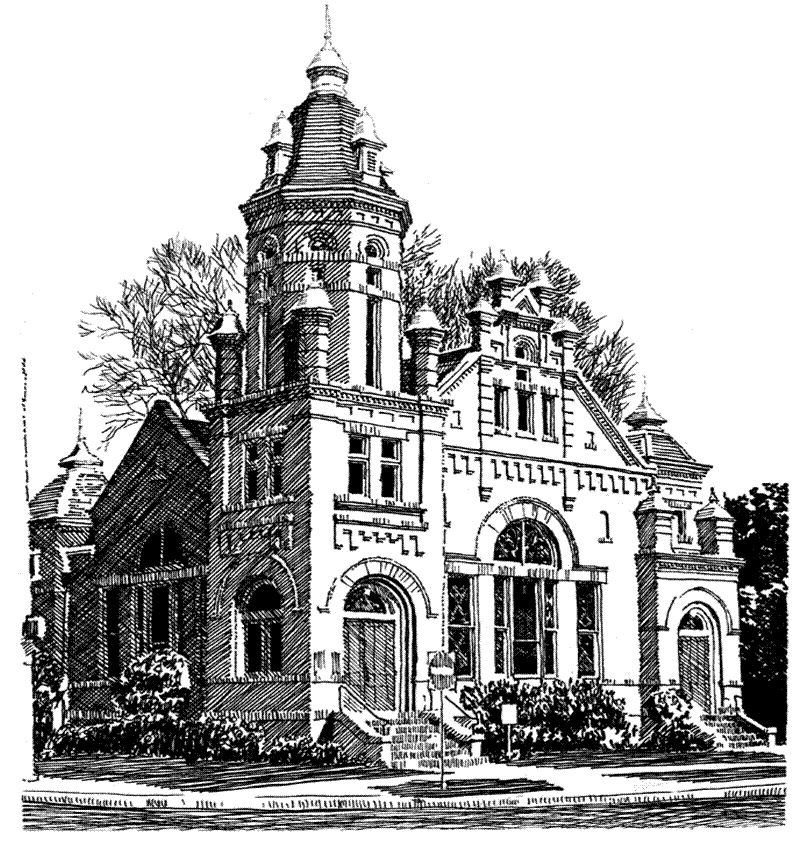
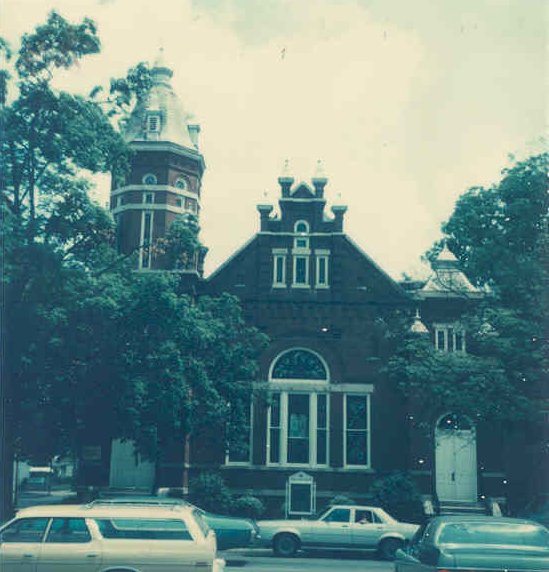
A New Era of Growth
Everything changed in the 1950s, when Huntsville became a center for the U.S. space program. Scientists, engineers, and professionals—many of them Jewish—moved to the city, sparking a dramatic population increase. By 1970, the Jewish population had grown from fewer than 100 to more than 700.
B’nai Sholom responded by expanding its religious school, reinstating bar and bat mitzvah ceremonies, and—after a 50-year gap—hiring full-time rabbis once again in 1963. The congregation purchased neighboring property to build an Education Building in 1968 and began a new chapter of vibrant Jewish life.
Preserving Our Heritage
By the 1990s, after nearly a century of continuous use, Temple B’nai Sholom required significant repairs. In 1993–94, the congregation undertook a major restoration to preserve the building’s historic integrity and ensure its continued use for generations to come. The project focused on maintaining the original character of the sanctuary while updating essential infrastructure and addressing long-deferred maintenance needs.
Just a few years later, in 1997, Temple B’nai Sholom opened the Huntsville Jewish Heritage Center in the original rabbi’s study. The Center tells the story of Jewish life in North Alabama through personal artifacts, photographs, and educational exhibits. Curated by Margaret Anne Goldsmith, a descendant of the Schiffman and Goldsmith families, the Center is a unique space that invites visitors of all backgrounds to explore Jewish traditions, life cycle events, holidays, and the enduring values that shape Jewish identity. It remains the only museum of its kind housed within a religious institution in Huntsville.
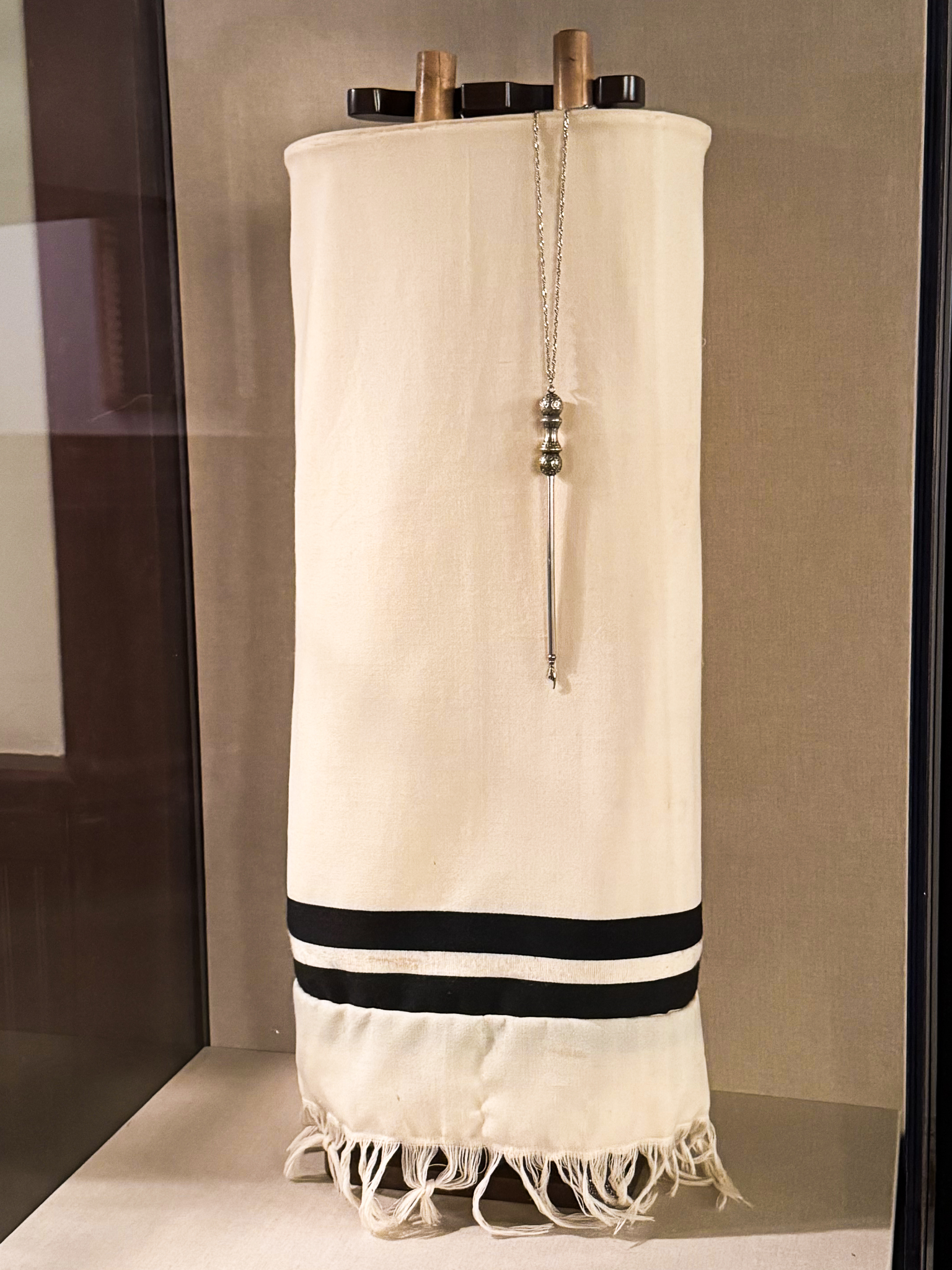
The Holocaust Torah
Temple B’nai Sholom is honored to house a Holocaust Torah scroll on permanent loan from the Memorial Scrolls Trust in London, England. This sacred scroll was rescued after World War II from a destroyed Jewish community in Bohemia or Moravia, in what is now the Czech Republic. Like many Holocaust-era scrolls, its exact origin is unknown.
The scroll was brought to our congregation in 1997 and is lovingly dedicated in memory of Julie Ann Weiner, through the generosity of her father, Dr. Louis Weiner. Though orphaned from its original home, the scroll now rests in a place of honor within our sanctuary—a symbol of remembrance, resilience, and the unbroken chain of Jewish tradition.
A Living Legacy
Temple B’nai Sholom continues to be a spiritual, cultural, and educational anchor for the Jewish community in Huntsville. While our building is historic, our congregation is ever-evolving—committed to Reform values, community engagement, and passing our heritage to the next generation.
We invite you to learn, reflect, and be inspired by the enduring story of Jewish life in Huntsville—and the people who made it possible.
About This Page: This historical overview was created using congregational records, oral histories, and public sources. We are especially grateful to the work of Margaret Anne Goldsmith, the Historic Huntsville Foundation, the Alabama Historical Association, and the Institute of Southern Jewish Life for preserving and sharing the history of Jewish life in Huntsville.
Interested in learning more about the rich history of Temple B’nai Sholom and Huntsville’s Jewish community? Explore these articles, archives, and resources that helped shape this story:
- A Historical Overview of Temple B’nai Sholom and the Huntsville Jewish Community: By Dr. Daniel Schenker (used with permission)
- Historic Marker Text – Temple B’nai Sholom: Alabama Historical Association, 1997
- Holocaust Torah Scroll Article: Southern Shofar, May 1997
- Huntsville Jewish Heritage Center: A Museum with a Mighty Purpose: Historic Huntsville Foundation – An in-depth look at the creation of the Heritage Center and Margaret Anne Goldsmith’s role.
- Institute of Southern Jewish Life (ISJL): A comprehensive historical overview of the Jewish community in Huntsville and North Alabama.
